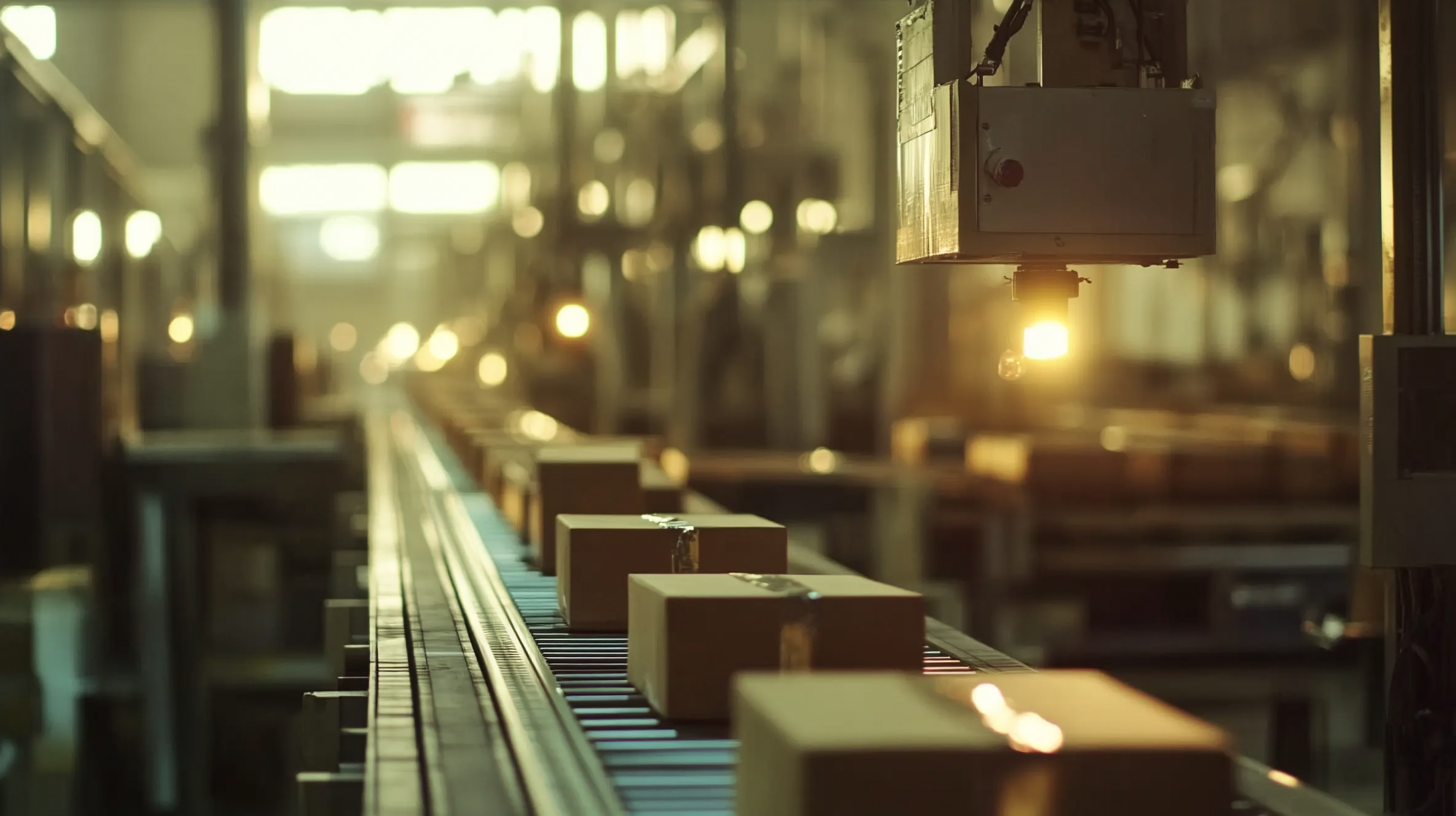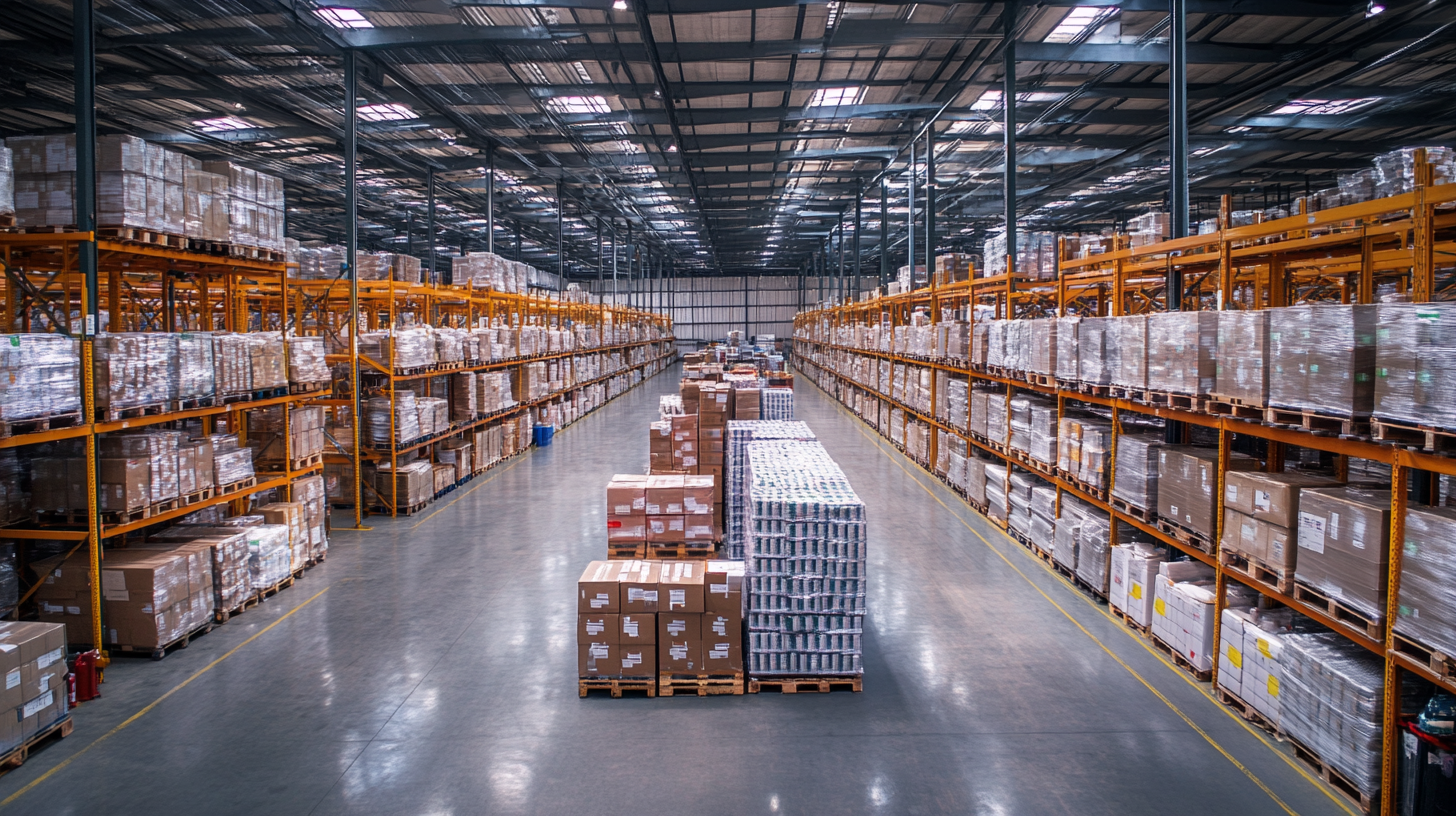Call for Price: 0086-15515573212
In today's rapidly evolving marketplace, the significance of adopting global standards in packaging solutions cannot be overstated. As per a recent report by Smithers Pira, the global packaging market is projected to reach a staggering $1 trillion by 2024, with a compound annual growth rate (CAGR) of 3.5%. This growth underscores the pivotal role packaging plays not only in product protection but also in influencing consumer purchasing decisions. Businesses that leverage effective packaging solutions are better positioned to enhance brand visibility, improve sustainability efforts, and streamline logistics.
Moreover, a study by Deloitte emphasizes that over 50% of consumers are more likely to purchase a product with appealing and functional packaging. As procurement teams look to enhance their operational excellence, an understanding of international packaging standards becomes crucial. These standards not only facilitate compliance and risk management but also drive cost efficiencies and foster innovation. By prioritizing high-quality packaging solutions, organizations can achieve competitive advantages and meet the evolving demands of conscious consumers in a globalized economy.

In today's fast-paced global market, the importance of maintaining high standards in packaging solutions cannot be overstated. Businesses that adopt global standards are better positioned to ensure quality, consistency, and efficiency in their procurement processes. By standardizing packaging materials and practices across borders, companies can streamline operations, reduce costs, and enhance their ability to respond to market demands. Global standards in packaging solutions also play a critical role in sustainability. With stricter environmental regulations and growing consumer awareness, organizations are increasingly required to adopt eco-friendly packaging practices. By aligning with global standards, companies can not only improve their environmental footprint but also enhance their brand reputation among eco-conscious consumers. This alignment fosters trust and loyalty, allowing businesses to thrive in a competitive landscape. Furthermore, having standardized packaging solutions facilitates easier compliance with international regulations. Companies engaged in cross-border trade benefit from a unified approach, as it simplifies the complexities of logistics and reduces the risk of non-compliance penalties. When procurement teams can rely on a consistent framework, they can focus on innovation and quality improvement rather than getting bogged down by regulatory issues. Embracing global standards in packaging ensures that organizations can navigate the complexities of international markets with confidence.

In the realm of packaging solutions, achieving procurement excellence hinges on several key factors that organizations must prioritize. One of the primary influences is the adoption of global standards. By adhering to internationally recognized guidelines, companies can not only enhance the quality and safety of their packaging materials but also streamline their supply chain processes. This standardization reduces variability and facilitates smoother transactions with suppliers, ultimately leading to cost efficiency and better outcome predictability.
Another critical factor is the integration of sustainability practices within procurement strategies. As consumers become increasingly environmentally conscious, companies face mounting pressure to adopt eco-friendly packaging solutions. This shift not only satisfies consumer demand but also fosters long-term partnerships with suppliers who prioritize sustainable practices. By embedding sustainability into the procurement process, businesses can mitigate risks associated with regulatory changes and supply chain disruptions, positioning themselves as leaders in both innovation and responsibility.
Moreover, leveraging technology plays a pivotal role in enhancing procurement excellence in packaging. Advanced data analytics and digital tools enable organizations to gain deeper insights into supply chain dynamics and packaging performance. This intelligence allows for more informed decision-making, optimizing inventory management and minimizing waste. Embracing these technological advancements empowers companies to be agile and responsive to market changes, ensuring that their packaging solutions align with both operational goals and sustainability commitments.

In the rapidly evolving landscape of packaging solutions, aligning with global standards has never been more critical. Innovative packaging techniques are at the forefront of this transformation, especially as businesses seek to enhance their procurement excellence while reducing environmental impacts. Recent advancements in water-based barrier technologies exemplify this shift, highlighting the industry's commitment to sustainable practices.
The launch of large-scale production capabilities for water-based barrier technology marks a pivotal moment in the green packaging revolution. This initiative not only underscores the importance of environmentally friendly materials but also sets a new benchmark for packaging quality and sustainability. This aligns with global standards, pushing forward the industry's goal to minimize waste and promote circular economy practices. As companies prioritize sustainability in their supply chains, innovative packaging techniques will play a crucial role in meeting both consumer expectations and regulatory demands.
Moreover, the overall growth of the chemical packaging market reflects a broader trend towards environmentally conscious manufacturing. With standards acting as a backbone for competitive advantage, industries are actively integrating innovative solutions that align with international norms. More than ever, businesses must embrace these sustainable innovations to navigate the complexities of a global market that prioritizes both compliance and creativity in packaging solutions. This approach not only enhances procurement excellence but also fosters a more responsible and sustainable future for the packaging industry.

In recent years, sustainability has emerged as a critical factor in packaging procurement practices, reshaping industry standards and consumer expectations alike. As organizations strive to align their operations with sustainable development goals, the packaging sector plays a pivotal role in driving environmental responsibility. Companies are increasingly seeking materials that minimize waste, reduce carbon footprints, and promote recyclability. This shift highlights an urgent need for procurement professionals to evaluate suppliers not only on cost and quality but also on their environmental impact and commitment to sustainable practices.
The integration of sustainable packaging solutions demands innovation and collaboration across the supply chain. Suppliers who prioritize eco-friendly materials—such as biodegradable plastics, recycled paper, or plant-based alternatives—are becoming crucial partners in the procurement process. Furthermore, the adoption of life cycle assessments (LCAs) is gaining traction, enabling companies to gauge the environmental impact of packaging from production to disposal. By making informed decisions based on LCAs, businesses can minimize waste and promote a circular economy, ultimately fostering a culture of sustainability within their procurement strategies.
As consumers increasingly favor brands that demonstrate ecological responsibility, sustainable packaging becomes a competitive differentiator. Organizations embracing this trend not only enhance their brand reputation but also appeal to environmentally conscious consumers. Ultimately, the role of sustainability in packaging procurement practices represents a significant opportunity to drive both economic performance and positive environmental outcomes, paving the way for a more responsible and resilient future in the marketplace.
In an increasingly interconnected world, the implementation of global packaging standards has emerged as a critical challenge for organizations seeking procurement excellence. According to a 2022 report by Smithers, the global packaging market is projected to reach $1 trillion by 2024, indicating that efficient packaging solutions are paramount for competitive advantage. However, varying regulatory requirements across regions create complexities that companies must navigate to maintain consistency and quality in their packaging processes.
One significant challenge in establishing global packaging standards lies in balancing sustainability goals with cost efficiency. A study by Deloitte highlighted that 66% of consumers are willing to pay more for sustainable packaging options. As businesses strive to meet these expectations, they often face difficulties in sourcing eco-friendly materials that adhere to diverse international standards. Developing a comprehensive strategy that incorporates both sustainability initiatives and cost-effective solutions is essential for successfully implementing packaging standards on a global scale.
Moreover, technological advancements present both opportunities and obstacles. The rise of automation and smart technologies in packaging can streamline processes, yet the integration of these systems across different geographies poses logistical hurdles. According to ResearchAndMarkets, the smart packaging market is anticipated to grow from $23 billion in 2023 to over $41 billion by 2028. Companies must invest in training and infrastructure to ensure their teams are equipped to handle such transitions, thereby mitigating the risk of inconsistent quality across differing standards. Addressing these challenges head-on will pave the way for improved procurement practices and overall operational effectiveness in the packaging sector.